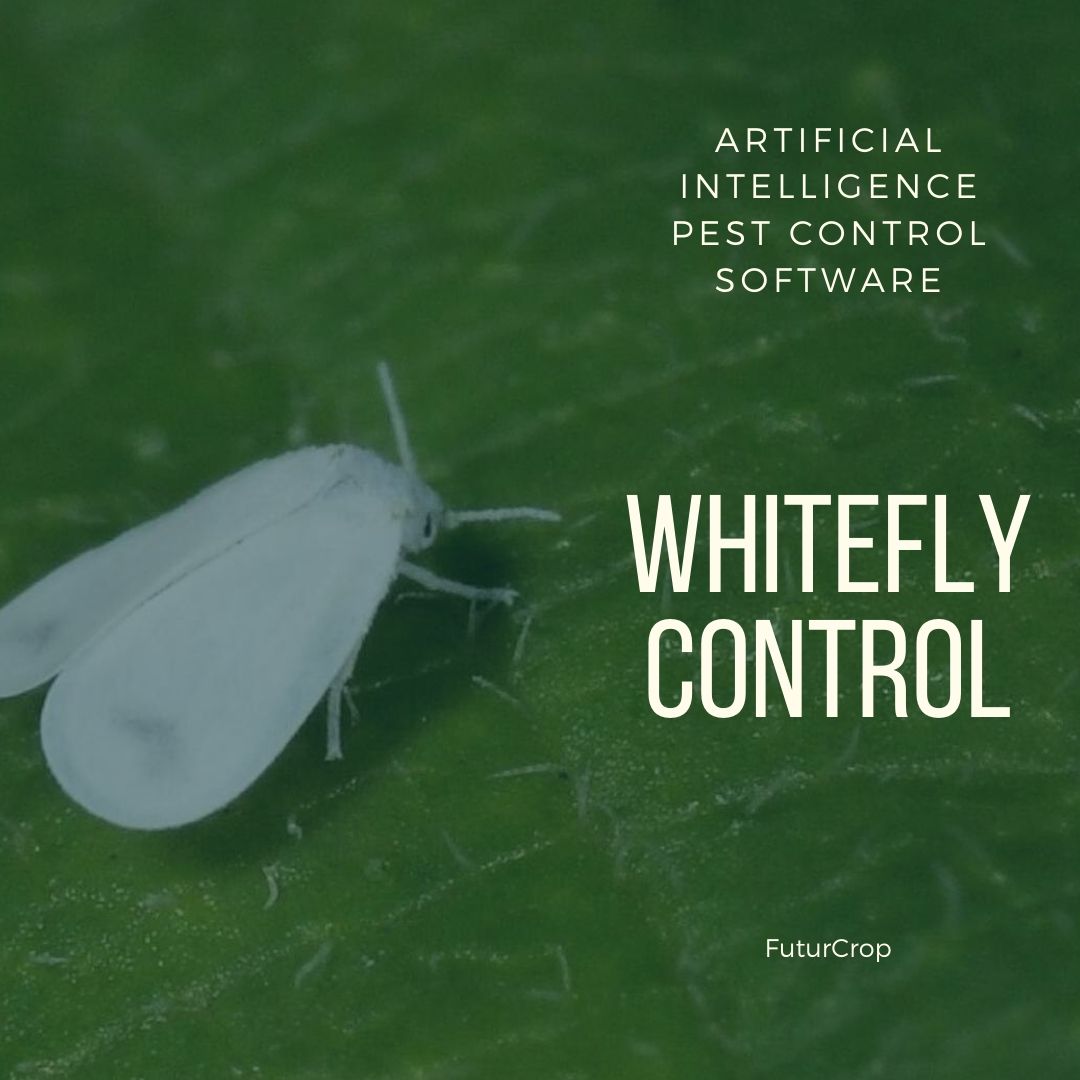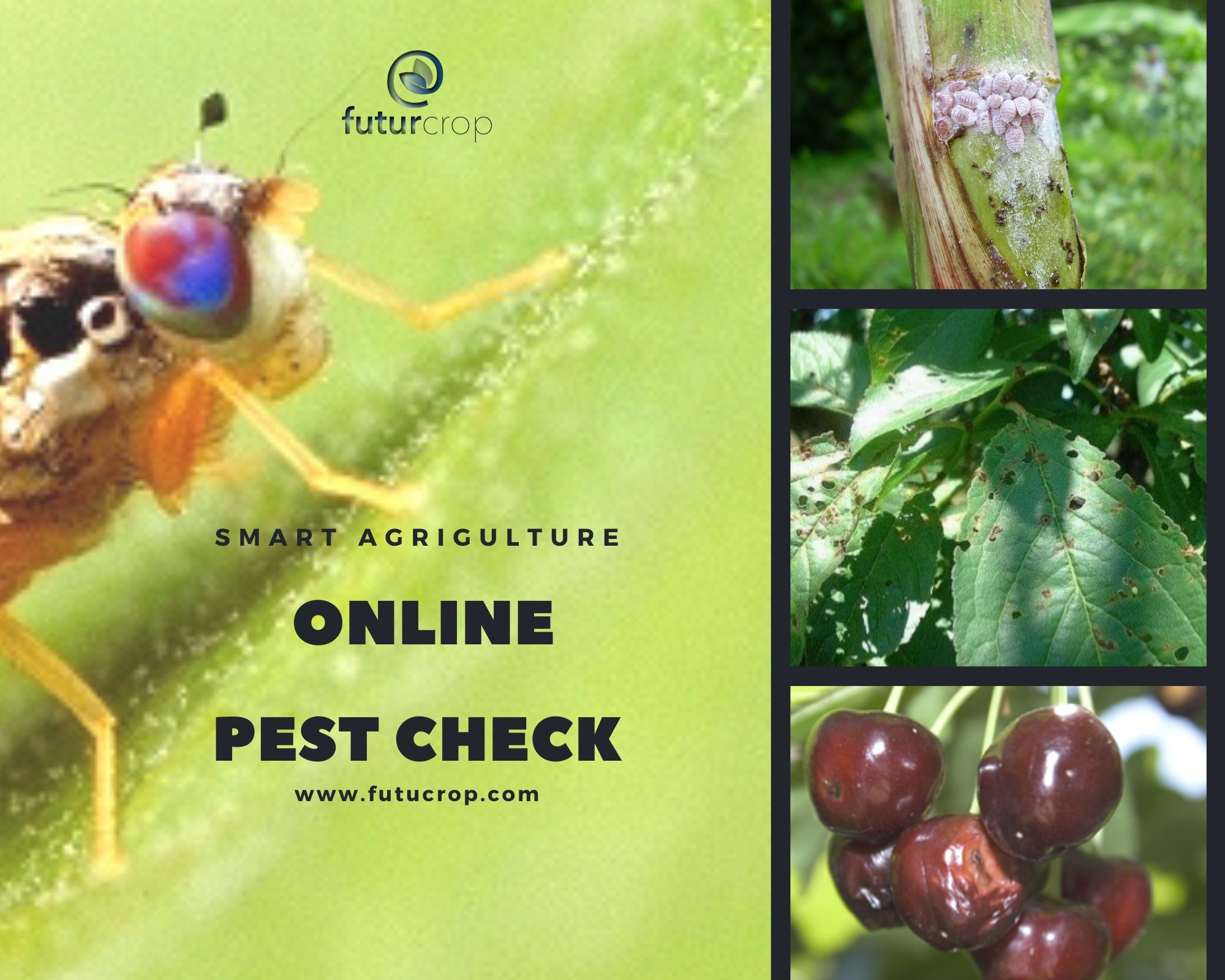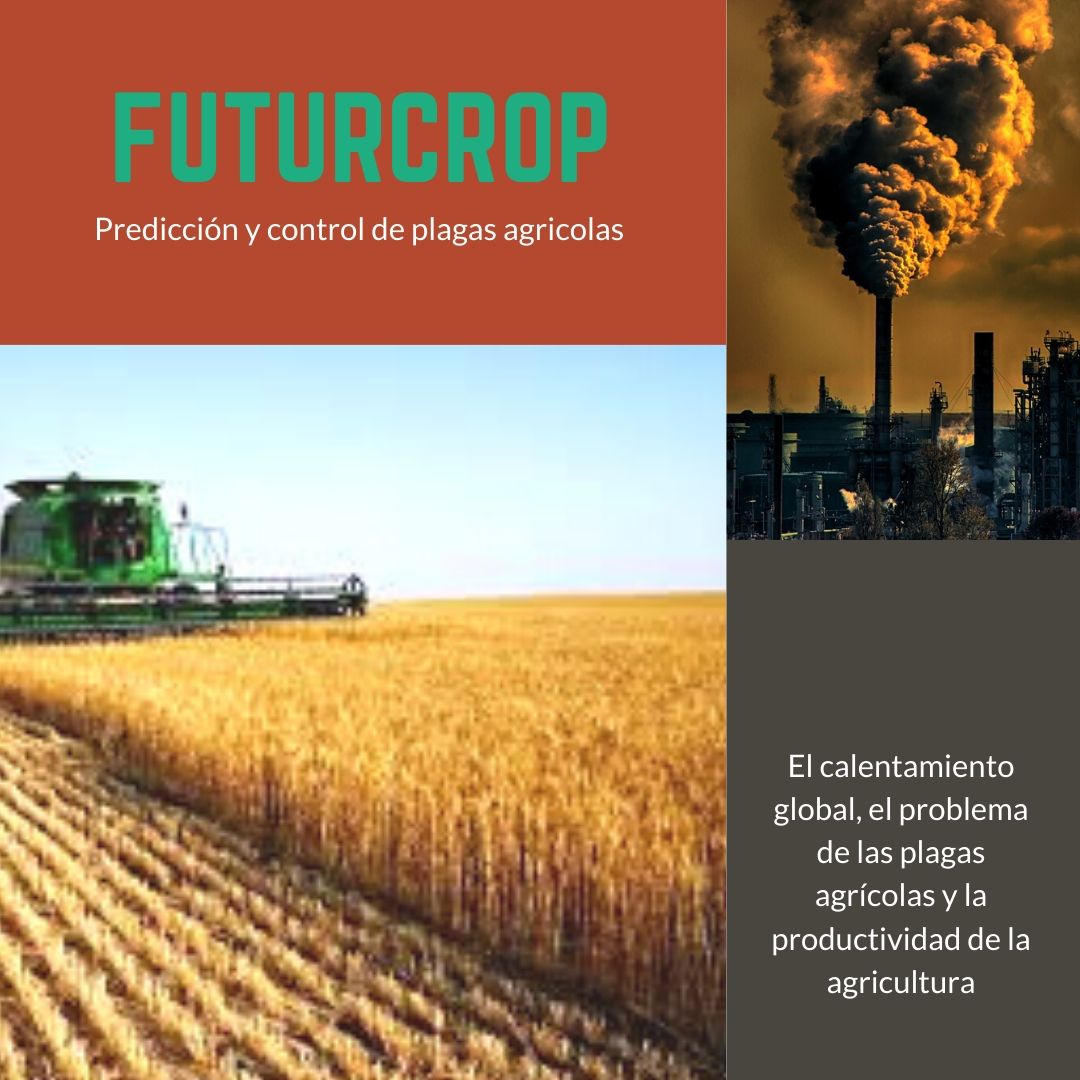Measures to control whiteflies

Admin Futurcrop - 03-02-2020
Insect pests cannot regulate their own temperature and depend on the outside temperature to start or end their biological development. This feature allows calculations to determine the appropriate time to perform control treatments. The greenhouse whitefly (Trialeurodes vaporariorum) develops within the temperature range of 16 ° and 27 ° C. Below 16º C and above 27º C the size of the whitefly population decreases, due to high mortality and limited reproduction. Temperature influences pests in different ways, depending on their state of development and even on sex. Females live twice as much as males at temperatures above 15º C. Trialeurodes vaporariorum completes its development from egg to adult at all temperatures between 15 ° 28 ° C, but not in the range of 10 ° and 32 ° C Experiments verified that the lower temperature thresholds for the immature stages are 9.45ºC (egg), 6.26ºC (nymph) and 10.64ºC (pupa). For the three immature stages, the lowest mortality occurs at 25ºC (1%) and the highest at 28ºC (30.23%). And 93-96% survival of all immature stages occurs in the optimum temperature range of 20 ° and 25 ° C.
We know that with a constant temperature of 15º C, the total development of the whitefly is 46.71 days. If agriculture were to develop under constant temperature conditions, we could easily carry out programmed effective insecticide applications. But with a constant temperature of 28º C, the whitefly completes its development cycle almost in half the time (21.87 days). We know that temperature changes condition the acceleration or deceleration of the biological development of pests. Therefore, it is necessary to record the daily temperatures and calculate how the variation of temperatures influences its development. Otherwise, making indiscriminate and repeated insecticide applications does nothing but complicate the problem of whitefly infestation in crops.
We know that the moment when insecticides are most efficient in controlling whitefly is in the nymph state. Eggs and pupae are very resistant to treatments, and adults generate resistance to insecticides with ease.
Under the real conditions of continuous temperature changes, efficient treatments for whitefly control limit the use of insecticides to those times when the pest is most vulnerable. To know that moment, the sum of degrees days is calculated, and its correlation with the development of the whitefly through a specific phenological model for the pest.
Related Posts
Insects biological cycle for pest control
https://futurcrop.com//en/blog/post/insects-biological-cycle-for-pest-control
How to reduce the use of chemical insecticides in the control of pests

Online pest identification tool, by type of crop damage.
Global warming, agricultural pests and the productivity of agriculture
